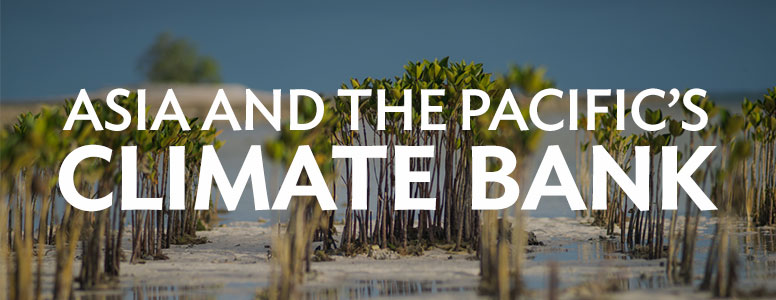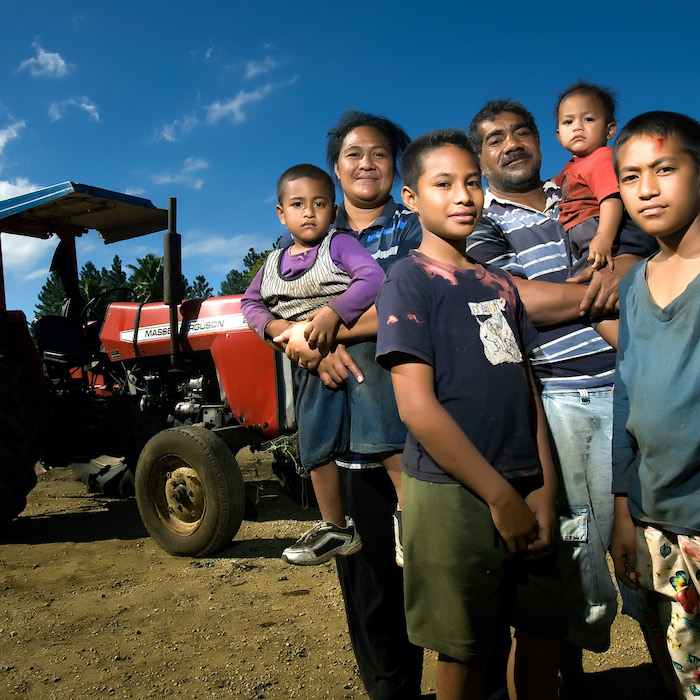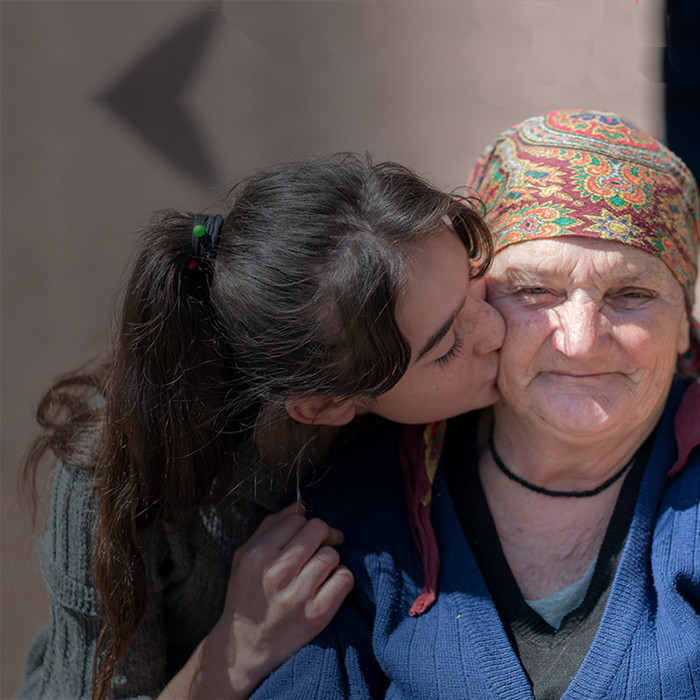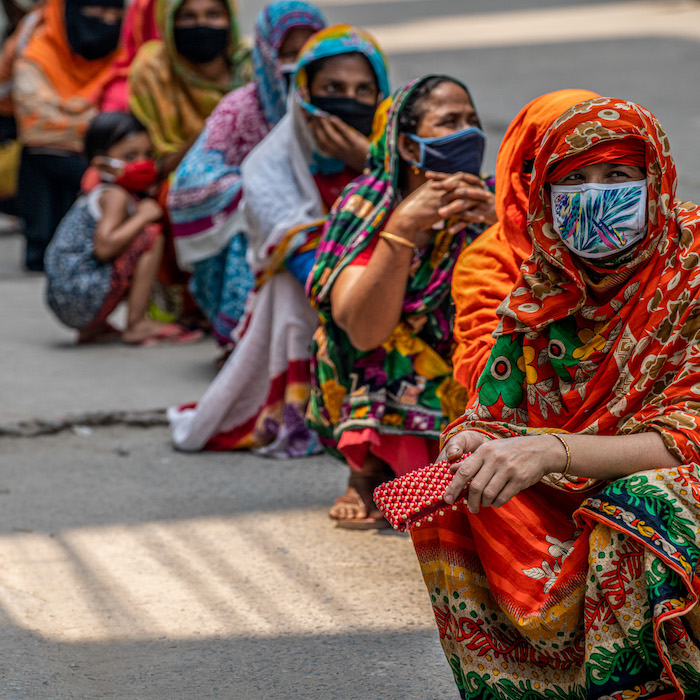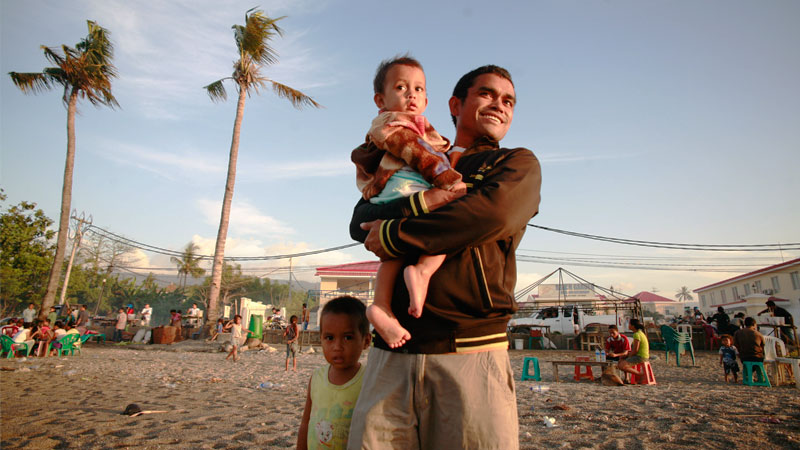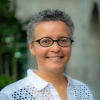- Jump to:
- What ADB Is Doing
- What ADB Has Done
- What's New
-
Population living on less than $1.90 a day in developing Asia
In 2017, 203 million people lived on less than $.190 a day in developing Asia.
-
Population aged 65 and older,
1950-2050From 1950-2050, there are high population numbers that have led to rapid aging in the region.
-
Number of extremely poor
in developing Asia
(in millions)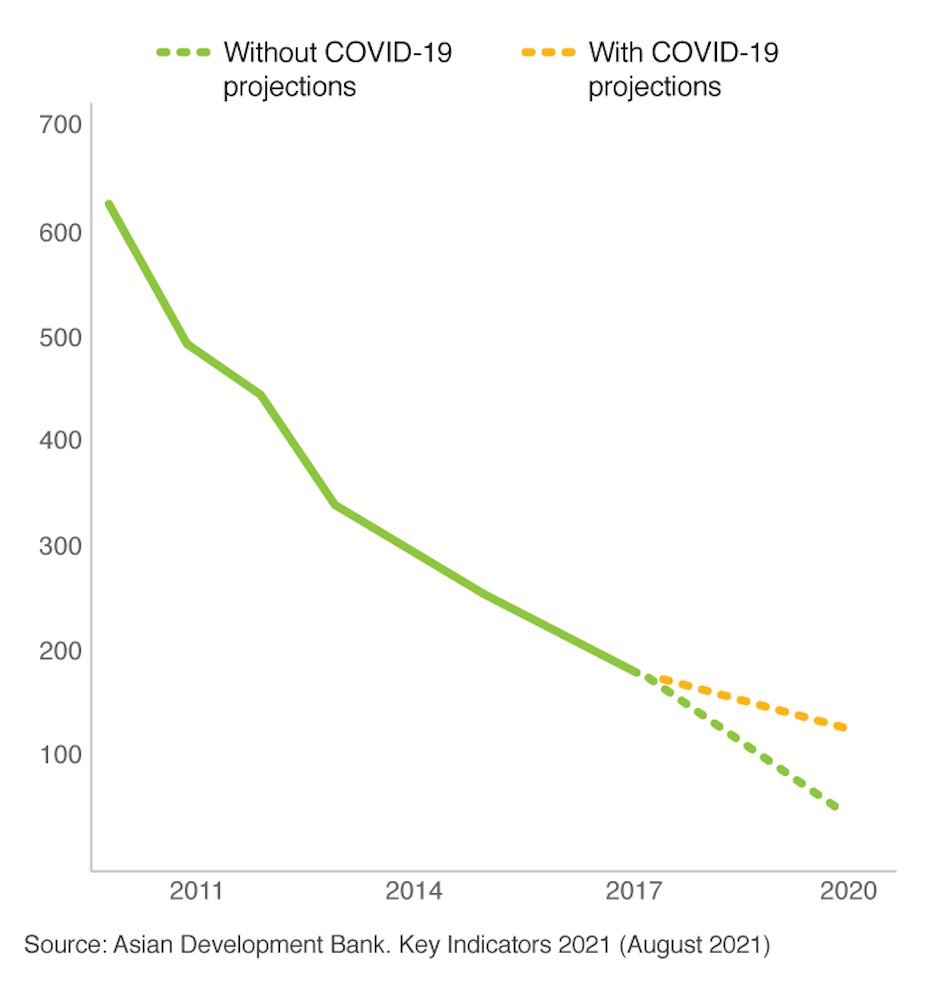
Large numbers of people are constantly at risk of falling back into extreme poverty during economic downturns and shocks such as the COVID-19 pandemic.

